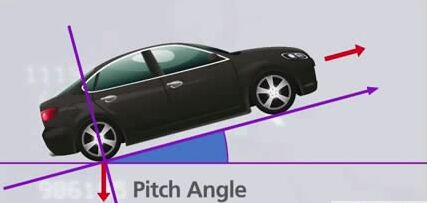
GPS gradually replaces maps as the main tool used by drivers for navigation. However, GPS also has limitations. In order to accurately locate the position of the car and calculate the route, the GPS system needs to continuously receive signals from the satellite network. In the open area, this process will have no problems. In the urban areas with high buildings, most of the satellite signals will be blocked by the building or reflected by the exterior glass. The same situation can occur in sections such as underground tunnels. At these times, the GPS will temporarily lose its effect, and can only wait to leave the current road segment to regain the signal and then connect again.
This article refers to the address: http://
To address the limitations of GPS, Swiss semiconductor manufacturer U-Blox has developed a navigation chip. The chip utilizes a new system called 3D Automotive Dead Reckoning (3D ADR).
Unlike traditional GPS, which relies solely on satellite signals, 3D ADR uses sensors to track the speed of the vehicle, the direction of horizontal motion, and the elevation angle with the horizontal ground. Among them, the elevation angle data is particularly important, and is mainly used to estimate the trajectory of the vehicle in the multi-level parking garage, which is a blind spot of the traditional GPS system.
By measuring the motion of the vehicle in three dimensions, the 3D ADR allows the car navigation system to acquire the position of the vehicle, although not as accurate as real-time navigation, but at least much better than losing the satellite signal.
The 3D ADR is a chip that can be easily installed inside the vehicle's built-in sensors and navigation system. U-Blox says the chip is not related to the type of vehicle powertrain and can be used in most vehicles.
Led Poster,Digital Led Poster,Led Light Poster,Led Poster Display
ShenZhen Megagem Tech Co.,Ltd , https://www.megleddisplay.com